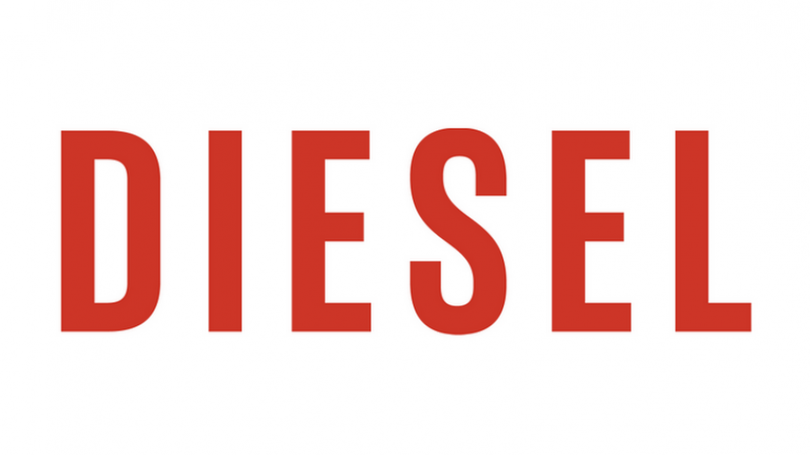
Viewpointxmas: European diesel to remain well-supplied


Arrivals to Europe from key exporting regions are on the rebound, following a period of relatively low imports in October and November.
Completion of maintenance turnarounds at Baltic region refineries likely means runs will continue at high levels in the coming months, which will leave volumes available for export to northwest Europe. The schedule for diesel exports from the Baltic Sea port of Primorsk puts volumes at a more than two-year high 1.46mn t in December, after maintenance-driven lows of just over 1mnt in October and November.
Diesel exports from the Mideast Gulf will increase with the planned restart of the 127,000 b/d catalytic cracker at Abu Dhabi's Ruwais at the end of December. Turkey's delayed 200,000 b/d Star refinery could provide a boost to regional supplies, particularly in the Mediterranean, when it begins production.
It is unlikely the Middle East's large diesel-exporting refineries will undergo such an extensive maintenance programme in the first half of 2019, as they did in 2018. Saudi Arabia's 440,000 b/d Jubail and 400,000 b/d Yanbu refineries — the biggest regional producers of European-specification 10ppm diesel — were offline in January-March and March-April respectively. Maintenance was also undertaken during March-May at Kuwait's 270,000 b/d Mina Abdullah and 466,000 b/d Mina al-Ahmadi refineries.
More diesel could move from the Mideast Gulf to Europe because incentives to ship the product east are lessening. Gasoil cracks in the Asia-Pacific region — the front-month Singapore gasoil swap's premium to front-month Dubai swaps — averaged $17.23/bl in September and October, compared with $15.50/bl in the first half of the year, but eased to around $13/t in early December. The east-west spread — the difference between Singapore gasoil front-month swaps and the northwest European Ice gasoil front-month contract, and a measure of the attractiveness of shipping diesel eastwards — averaged a discount of 24¢/bl in September and October. This widened to almost $7/bl in the early days of December.
US diesel production has been steadily rising in recent weeks, leaving large volumes available for export to Europe. The EIA said US production of sub-15ppm sulphur diesel hit a 12-week high 5.15mn b/d in the week to 30 November, and diesel exports hit 1.72mn b/d in week to 23 November, the highest since the end of June. Refinery maintenance along the US Gulf coast in the first quarter could lead to an export slowdown in early 2019.
The European refinery maintenance schedule for the first half of 2019 looks thin, and recent strong margins for diesel mean refiners should keep any scheduled downtime as brief as possible. Crack spreads to North Sea Dated for French 10ppm diesel cargoes cif Le Havre hit highs of more than $23/bl in mid-November, according to Argus calculations. This compares with a full-year average of $15.25/bl and a first half average of just $13.83/bl.
The Opec and non-Opec agreement to cut output by 1.2mn b/d could erode margins. If the initiative does tighten the crude market, any rise in crude prices will diminish refiners' returns.
Differentials for diesel cargoes drew support in the latter part of this year from limited arrivals into Europe from key outlets in the Baltics, US and Mideast Gulf. Logistical issues were also a factor, after Rhine water levels reached record lows of just over 30cm in mid-October. Water levels have since recovered which has caused a jump in liquidity in the German diesel barge market, with suppliers rushing to meet end-user demand in German inland markets starved of product.
But the window to send product barges from the Amsterdam-Rotterdam-Antwerp (ARA) hub to inland markets may be limited as water levels could fall again. Any resulting bottlenecks along the river could lend support to diesel cargo prices, particularly those delivered to Hamburg.
Diesel prices could find support from falling stocks in ARA. Independently held stocks of gasoil in the region fell to just over 2mn t in the week to 6 December, the lowest since the penultimate week of June, encouraged by an Ice gasoil futures market structure where the front-month contract is commanding premiums of around $10/t to the second-month.
European gross domestic product (GDP) growth underpinned diesel demand in recent years, but a weaker economic outlook could slow manufacturing activity and related industrial and haulage demand for diesel. The European Commission forecast eurozone GDP growth to slow to 1.9pc in 2019 from 2.1pc in 2018. Business survey provider IHS Markit reported a slowdown at the end of 2018. The firm's Eurozone purchasing managers' index (PMI) was 52.7 in November, the lowest since September 2016 although a reading above 50 does indicate expansion.
A wild-card for the diesel market remains in the impending International Maritime Organisation (IMO) regulations on shipping sulphur limits, which come into effect in January 2020. Distillate demand may rise significantly ahead of implementation, when production of 0.5pc sulphur compliant bunker fuels will attract volumes.


Trump weighs using $2 billion in CHIPS Act funding for critical minerals

Codelco cuts 2025 copper forecast after El Teniente mine collapse

Electra converts debt, launches $30M raise to jumpstart stalled cobalt refinery

Barrick’s Reko Diq in line for $410M ADB backing

Abcourt readies Sleeping Giant mill to pour first gold since 2014

Nevada army depot to serve as base for first US strategic minerals stockpile

SQM boosts lithium supply plans as prices flick higher

Viridis unveils 200Mt initial reserve for Brazil rare earth project

Tailings could meet much of US critical mineral demand – study

Kyrgyzstan kicks off underground gold mining at Kumtor

Kyrgyzstan kicks off underground gold mining at Kumtor

KoBold Metals granted lithium exploration rights in Congo

Freeport Indonesia to wrap up Gresik plant repairs by early September

Energy Fuels soars on Vulcan Elements partnership

Northern Dynasty sticks to proposal in battle to lift Pebble mine veto

Giustra-backed mining firm teams up with informal miners in Colombia

Critical Metals signs agreement to supply rare earth to US government-funded facility

China extends rare earth controls to imported material

Galan Lithium proceeds with $13M financing for Argentina project

Kyrgyzstan kicks off underground gold mining at Kumtor

Freeport Indonesia to wrap up Gresik plant repairs by early September

Energy Fuels soars on Vulcan Elements partnership

Northern Dynasty sticks to proposal in battle to lift Pebble mine veto

Giustra-backed mining firm teams up with informal miners in Colombia

Critical Metals signs agreement to supply rare earth to US government-funded facility

China extends rare earth controls to imported material

Galan Lithium proceeds with $13M financing for Argentina project

Silver price touches $39 as market weighs rate cut outlook

















